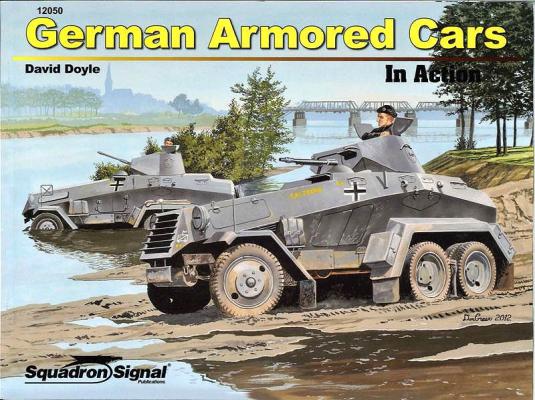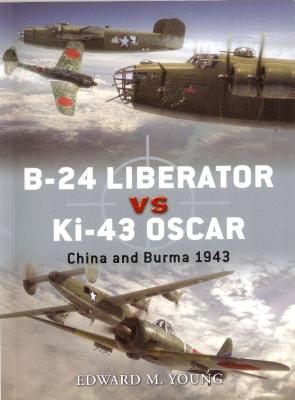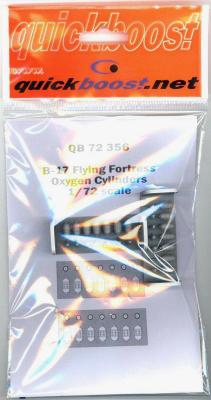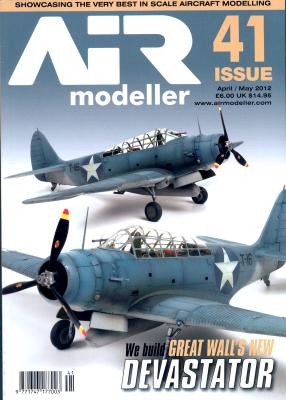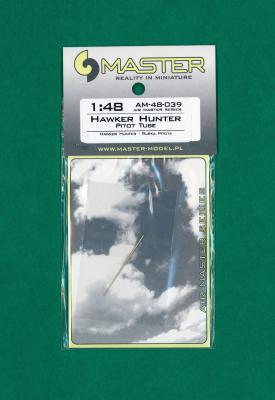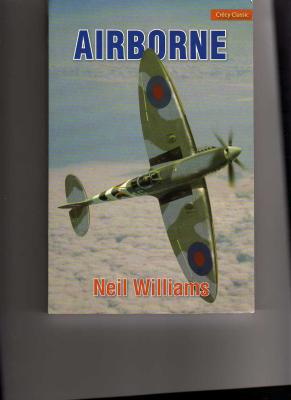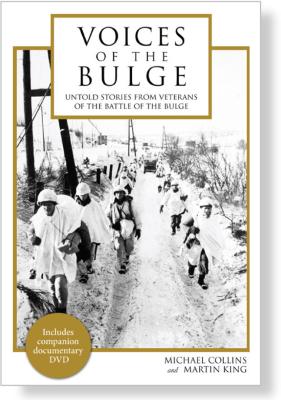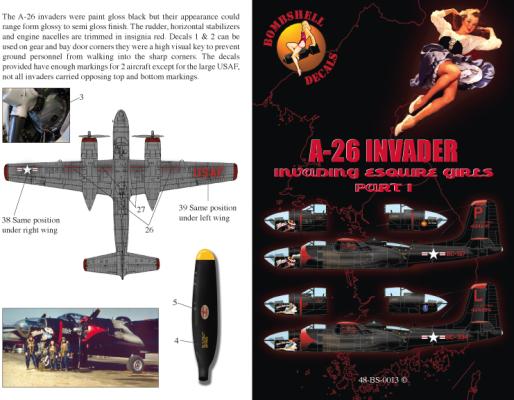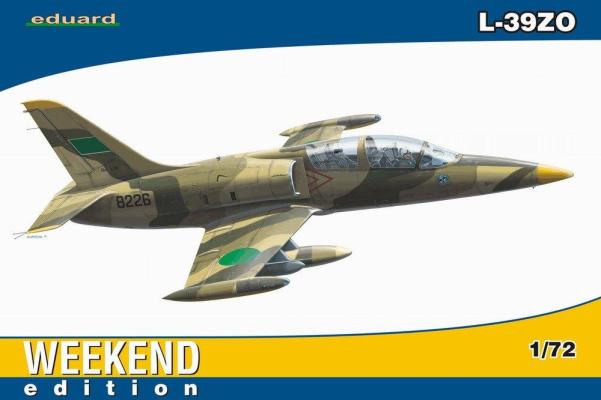The Squadron Signal “In Action” series has been around for many years and is well liked by modelers and vehicle historians alike. This newest volume concentrates on the German heavy armored cars used throughout World War II. The title may be a little deceiving as it only addresses the heavies and not the smaller light armored cars. This volume does, however, look at all the heavy armored cars from the early war Sd.Kfz. 231 6-wheeled vehicle to the late war Sd.Kfz. 234 series of 8-wheeled vehicles. There is minimal text, which mostly serves to introduce the different variants. There are no technical drawings in this issue but there is an abundance of “in action” photographs, each of which has a descriptive caption. Several of the images are closeup shots that show plenty of details of the vehicles featured. This volume has 80 pages and over 200 B & W photographs. The only color illustrations are on the front and back covers.
Reviews
History
The book relates the part of the air war in Southeast Asia between the U.S. Army Air Forces and the Japanese fighter-interceptor squadrons. The author begins with an account of bomber development, with the emphasis on unescorted heavy bombers relying on heavy defensive armament and concentrated in close tactical formations. When the war began, it was discovered that this didn’t work too well against Luftwaffe fighters, and only slightly better against more lightly armed Japanese fighters. The Japanese Army, on the other hand, developed fighters whose prime attributes involved light weight and extreme maneuverability. This meant inadequate armament, and no protection for the pilot or vital aircraft systems. At least the Ki-43 had two .50 cal. guns, as opposed to the pair of .30 cal. guns on the earlier Ki-27.
Once again, Quickboost comes out with another addition to its resin aircraft accessories in 1/72nd scale. This time it is the oxygen cylinders for the B-17 Flying Fortress. I tried to compare it to some of the different B-17 kits that I have and none of them came with that much interior detail. This also included the new Revell tooling that is very good. I did see some on the see-through kits and I was able to compare them with actual photos.
The parts are up to the usual Quickboost standards. They are molded in a grey resin, smooth, seamless, and bubble free. It doesn’t take too much effort to get them off of the resin block. Just a quick slice with a razor saw or a #11 blade will do the trick.
If you are looking to add just that much more detail to a B-17, then this set is for you. I recommend them just for the amount of detail alone. Thanks to Quickboost and IPMS/USA for the chance to review these accessories.
As previous reviews have indicated, this bimonthly magazine continues to achieve its claim of “Showcasing the very best in scale aircraft modeling.” Actually, I think it might better be said that each issue “showcases the very best photography of scale aircraft models.” Whatever the claim, this publication provides eye candy for those in the hobby who can afford the price of admission. At $14.95 a copy, it should be a cut above the rest of the crowd…and, by most measures, it is. The photography is nothing short of spectacular, the layout is professionally handled, and, in contrast to previous issues, #41 is printed on a slightly thinner, glossy paper that greatly enhances the sharpness of the 185 photos used to illustrate the six model building features (and the remainder of photos that illustrate the product reviews). In common with previous issues, #41 offers a variety of subjects that should satisfy the tastes of many model builders. In this issue, articles cover building:
The Parts
This product contains 9 pieces cast in white metal which replace the struts and gear for the Bronco kit. Please note that I did not use the Bronco kit for this review. I used, instead, the Hobby Boss Me-509 kit, # 02849. The Bronco kit was not “in my stash” but the Hobby Boss kit was readily available.
The molding is clean, with no “step” along mold release points. One of the support arms had a small amount of “flash” on it. This small piece of metal was removed with an Xacto and sanded very gently with a nail file.
Assembly
Even though the Bronco kit is the recommended “mate” for this SAC product, I found that the parts would also fit into the Hobby Boss kit without any problems. Some caution is wise when handling the retracting struts….the change in diameter between extending rod and the main strut reveals a potential weak point on this part.
Model-Master’s line of aftermarket detail parts now includes a 1/48 scale turned brass pitot tube designed to enhance any 1/48 Hawker Hunter (currently, that means an Academy or recently released Italeri kit). It is one of those small items that will dramatically improve the appearance of the finished model, something that becomes quite obvious when the metal part is compared to the injection molded kit part. Placing it next to the kit part clearly illustrates how much the injection molded plastic part is bulked up for manufacturing…resulting in something that is thicker than it should be. The photo below of the nicely tapered Master-Model metal part next to the kit part on the sprue demonstrates how much thicker (and shorter) the kit part really is.
This book is a collection of flying stories and not about paratroops, as some may infer from the title. The author has an impressive resume, to say the least! He has served as a test pilot, RAF pilot, movie and demonstration pilot, air show pilot and won the British Aerobatic Championship 13 times, so he knows what he is talking about.
Authors Michael Collins and Martin King have written a well researched and historical account of the German attack in the Ardennes in December, 1944. What makes this book special is that it covers the human (but not necessarily humane) aspects of the battle.
The book is a day-by-day narration of the main military actions that occurred during the Battle of the Bulge. Each chapter begins by describing the front situation and what different units were charged to do. So far, that is a ‘regular’ history book. But then the rest of each chapter has first person narratives from the soldiers (from both sides, but mainly American ones) and even support personnel like nurses, on how they managed to do what they were charged with.
Most of the book covers the German thrust up to December 25th. The last chapter of the book covers the Allied counter-attack that lasted from late December, 1944, up to January/February, 1945.
Bombshell Decals came on the decal scene with …well, a bang. Their latest release is based on the Monogram A-26B Invader. The glass nose version was used in Korea and was quite colorful with its overall gloss black paint scheme. The subjects of this sheet are two aircraft which sported Esquire girl nose art.
The decals are printed by Cartograf, so you know they are in perfect register and will respond well with setting solutions. In my opinion, Cartograf decals are the best in the world. The decals are on a single sheet of 5.5” x 8”. You can see the quality in the decals by looking over the Esquire girls. They are perfectly rendered and are some of the best looking pin-ups available in decal form. They have perfect shading and blending to make them exactly like the real thing. Beautiful work by Bombshell and Cartograf. This is the new standard for nose art.
This elegant looking jet trainer has been in service with numerous air forces for many years and has even become a common sight at “warbird” fly-ins. Several years ago, Eduard released an exquisite little model of this trainer. Their latest version is the “Weekend Edition,” a more basic boxing of their “Original,” “Dual Combo,” or “Profipak” releases. To meet the “weekend” criteria, this kit has no photo-etched frets, resin pieces, masks, or decals for multiple marking options. What you get instead is the all-plastic, basic kit with decals for one scheme: the Libyan Air Force Academy circa 1985. Included in the box are 56 pieces molded in tan plastic, six pieces of clear parts, a decal sheet with lots of stencil/data markings, and a six page instruction booklet. All the pieces are crisply molded with excellent surface detail. The decals are on register with the instrument panel renditions among the best I’ve seen in this scale.

